Design of Bosch washing machines
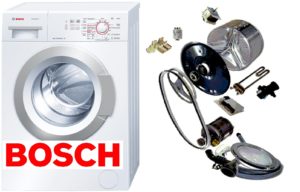 Why do we need to know the structure of a Bosch washing machine? The answer to this question is obvious - to be able to repair it. After all, by studying the structure of a particular model of washing machine, we learn to disassemble it, learn about its strengths and weaknesses and, in the end, having gained experience, we will be able not only to repair any failed unit, but also to give recommendations to the user regarding its features operation of a Bosch brand home assistant. Let's study the design of washing machines of this brand together.
Why do we need to know the structure of a Bosch washing machine? The answer to this question is obvious - to be able to repair it. After all, by studying the structure of a particular model of washing machine, we learn to disassemble it, learn about its strengths and weaknesses and, in the end, having gained experience, we will be able not only to repair any failed unit, but also to give recommendations to the user regarding its features operation of a Bosch brand home assistant. Let's study the design of washing machines of this brand together.
Control Panel Parts
To make it easier to talk about the structure of a Bosch brand washing machine, we decided to conditionally divide the “home assistant” modules into four main groups:
- control panel parts;
- body parts;
- electrics, tank and drum;
- hydraulics.
For your information! We will talk not only about internal, but also about external modules of Bosch washing machines.
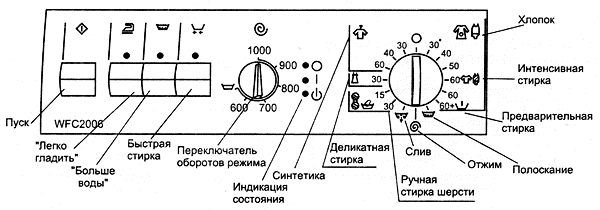
Each of these groups includes a fairly large number of different details, which we will talk about. Our priority is to determine the functions of each part, as well as their exact location in the washing machine body Bosch. Let's start looking at the control panel design. The control panel of a washing machine of this brand consists of a number of elements.
- The outer part of the control panel housing has a recess for the powder receptacle and mounting connectors for selectors and buttons.
- Overlays on the external panel with symbols and inscriptions in Russian.
- Microcircuits and their fastening elements.
- Network capacitor.
- Protective casing of the mains capacitor.
- Power cord.
- External panel of the powder receiver.
- Selector mechanism.
- Selector for switching washing modes.
In the figure below you can see a schematic representation of these parts and their locations. Depending on the washing machine model Bosch, the number and location of its panel parts may vary.
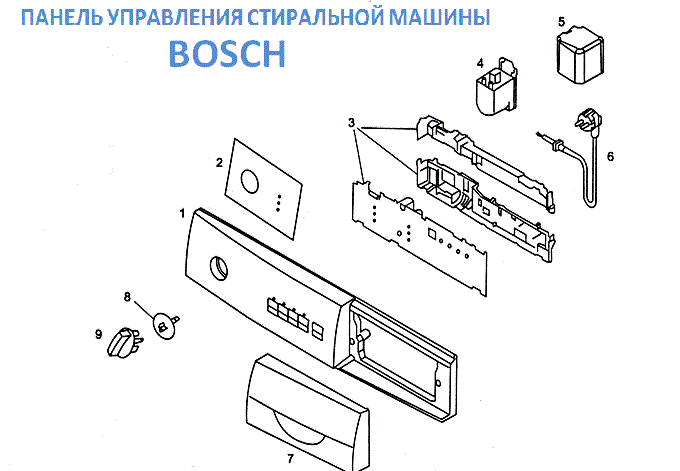
Frame
Now let's move on to looking at the design of the body of a Bosch washing machine. The body of absolutely all washing machines of this brand consists of 28 internal and external elements, let’s list them.
- Upper wall of the Bosch washing machine (lid).
- Intake valve cover.
- Service hatch cover.
- Attaching the inlet hose.
- Right transport bolt.
- Left transport bolt.
- Right, left and back wall.
Important! The right, left and rear walls of the Bosch washing machine form a monolithic body, so in the diagram they are always designated together and with the same number.
- Key for adjusting the legs.
- A special pallet with a special shape.
- Threaded legs that allow you to adjust their height.
- Lower front extended panel.
- Lower front short panel.
- Front panel fastening element.
- Loading hatch hinge.
- Cuff fastening element (clamp).
- Manhole cover base.
- Hatch window.
- Decorative panel of the hatch cover.
- Mounting studs.
- Hatch handle.
- The locking mechanism on the hatch cover.
- Bushings.
- The front wall of the Bosch washing machine.
- Fasteners holding the front panel.
- UBL.
- Upper spacer bar.
- Bottom spacer bar.
- Fixing latches of the upper wall (cover).
The design of the body of a brand washing machine Bosch is the simplest, and it is quite unpretentious to disassemble. If we compare disassembling the body of Indesit washing machines or Antant with disassembling the body of a Bosch car, you will notice that the latter is much easier to disassemble.No special keys or special skills are needed; everything, as they say, is made for people.
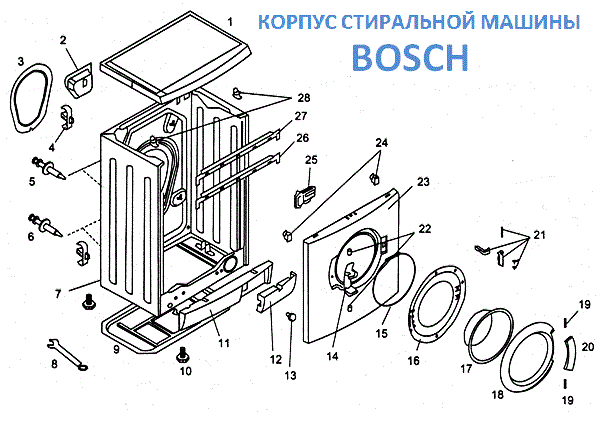
Electrics, tank and drum
The most important parts of a Bosch washing machine are the electrics, the tank and the drum with its drive mechanism and motor. The most complex and problematic faults usually arise there, and it is these elements that technicians often have to gain quick access to. What details are we talking about?
- Drum pulley bolt.
- Large drum pulley.
- Rear wall of the tank.
- Bearings.
- Drive belt.
- Drum mechanism stopper.
- Metal drum and cross with bushing.
- Large tank seal.
- Upper counterweight-stabilizer.
- Two large screws, washers and nuts to secure the counterweight.
- Bolts for mounting the electric motor.
- Front engine mounts.
- Electric motor.
- Brushes.
- Rear engine mounts.
- Racks.
- Fixing part of the heating element.
- A heating element.
- Thermistor.
- Cuff fixing clamp.
- Rubber cuff of the hatch.
- Thin rubber gasket.
- Front stabilizer-counterweight.
- Front half of the tank.
- Springs for hanging the tank.
The design of this group of modules is not limited to the above elements. The list can be supplemented by numerous chips, wires and terminals that connect electrical modules into a single circuit.
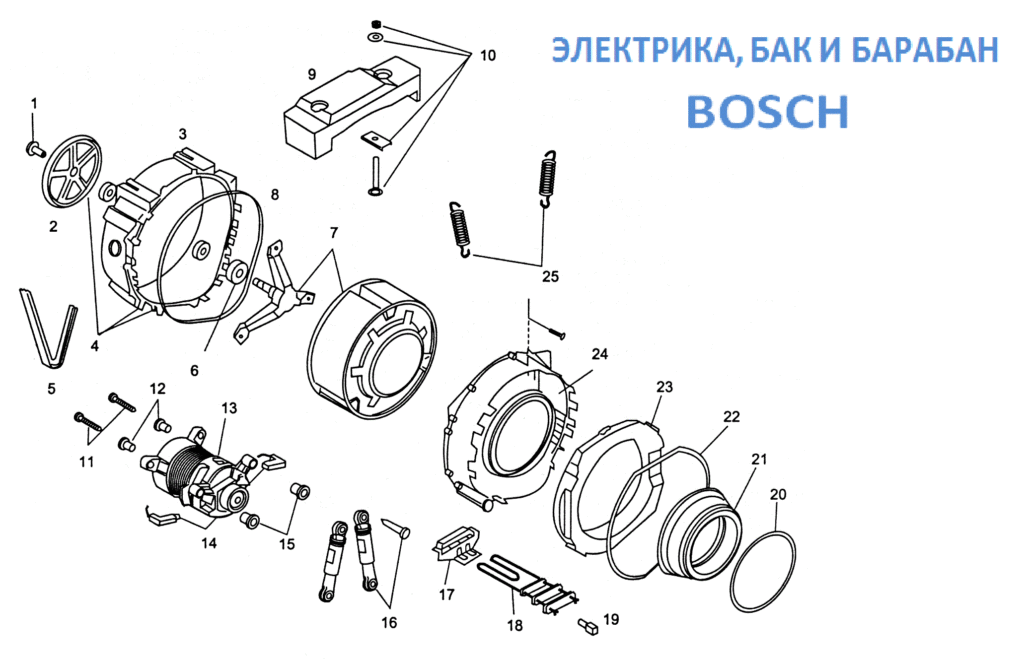
Hydraulics
The hydraulics of a Bosch washing machine is a group of modules and auxiliary elements that help ensure the flow of water, the preparation of a mixture of powder and water, washing, rinsing, and the discharge of the waste mixture into the sewer. There are also quite a lot of elements in the group, however, they definitely need to be listed.
- Twin inlet valve.
- Bent tube for powder distributor.
- Powder receptacle cover.
- Flow filter mesh.
- Water inlet hose.
- Flow filter mesh.
- A fastener that holds the drain hose to the body.
- Straight pipe (from filling valve to powder distributor).
- Powder cuvette niche.
- Powder cuvette.
- Clamp for the large mixer pipe.
- Large mixer pipe.
- Drain pipe clamp.
- Float ball.
- Water drain hose.
- Large drain pipe.
- Air adapter.
- Long pressure switch tube.
- Pressostat.
- The pump, which in turn consists of elements.
- Garbage filter.
- Plastic case.
- Rubber gasket.
- Long drain pipe (thin).
- Pipe fastening.
- Fastening the pipe outlet.
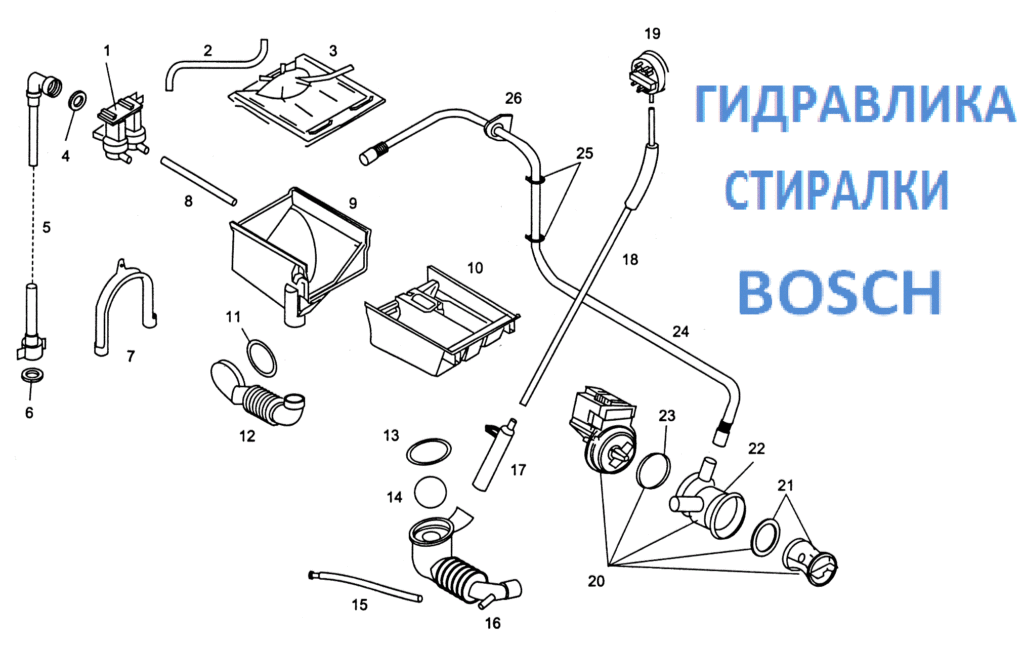
Similarities and differences
The design of the washing machine, which is produced under the Bosch brand, can be called unified. Inside these washing machines, all the best that is in an automatic “home assistant” is collected, everything that has been time-tested and proven to work. The location of the parts is generally quite convenient, you can get to everything you need, but there are also some peculiarities.
The main difference between modern Bosch washing machines can be considered the thoughtful design. And this manifests itself in small things.
The front panel can be removed very easily and is secured with regular screws (5 pieces). No tricky elements in the form of plastic clips, slides or screws with unusual heads. A couple of wrenches and a Phillips screwdriver are most of the tools you'll need for disassembly.
An important design feature is the chrome hatch, which is additionally protected by double glazing. It is almost impossible to accidentally break it, unless of course you start swinging a sledgehammer next to a Bosch washing machine.
Another design feature can be considered the location of the shock absorbers. And the shock absorbers themselves on Bosch washing machines are not quite ordinary - friction. Two shock absorbers are located to the left of the tank, and one is located to the right, which provides almost perfect damping of centrifugal force and vibration. Shock absorbers rarely fail, but if this happens, you can change them yourself without any problems.
Washing machine manufacturer Bosch cares about the safety of its equipment. Almost all modern models have full protection against leaks, foam control and protection from child intervention.
This is not to say that modern Bosch washing machines are not similar to competitors’ machines. Boches have a lot in common with washing machines from Siemens, AEG, and other German washing machines. However, it should be noted that, unlike expensive Siemens and AEG washing machines, Boshis are traditionally much more affordable.
So, having studied the design of several models of Bosch washing machines, you can take on their disassembly and repair with a great deal of confidence. Moreover, the manufacturer made sure that his equipment can be repaired: the screws are easier to unscrew, the pulleys are easier to remove, the tank is collapsible, the front panel can be removed “at once”, and what else does a novice master need! Good luck!
Interesting:
14 reader comments


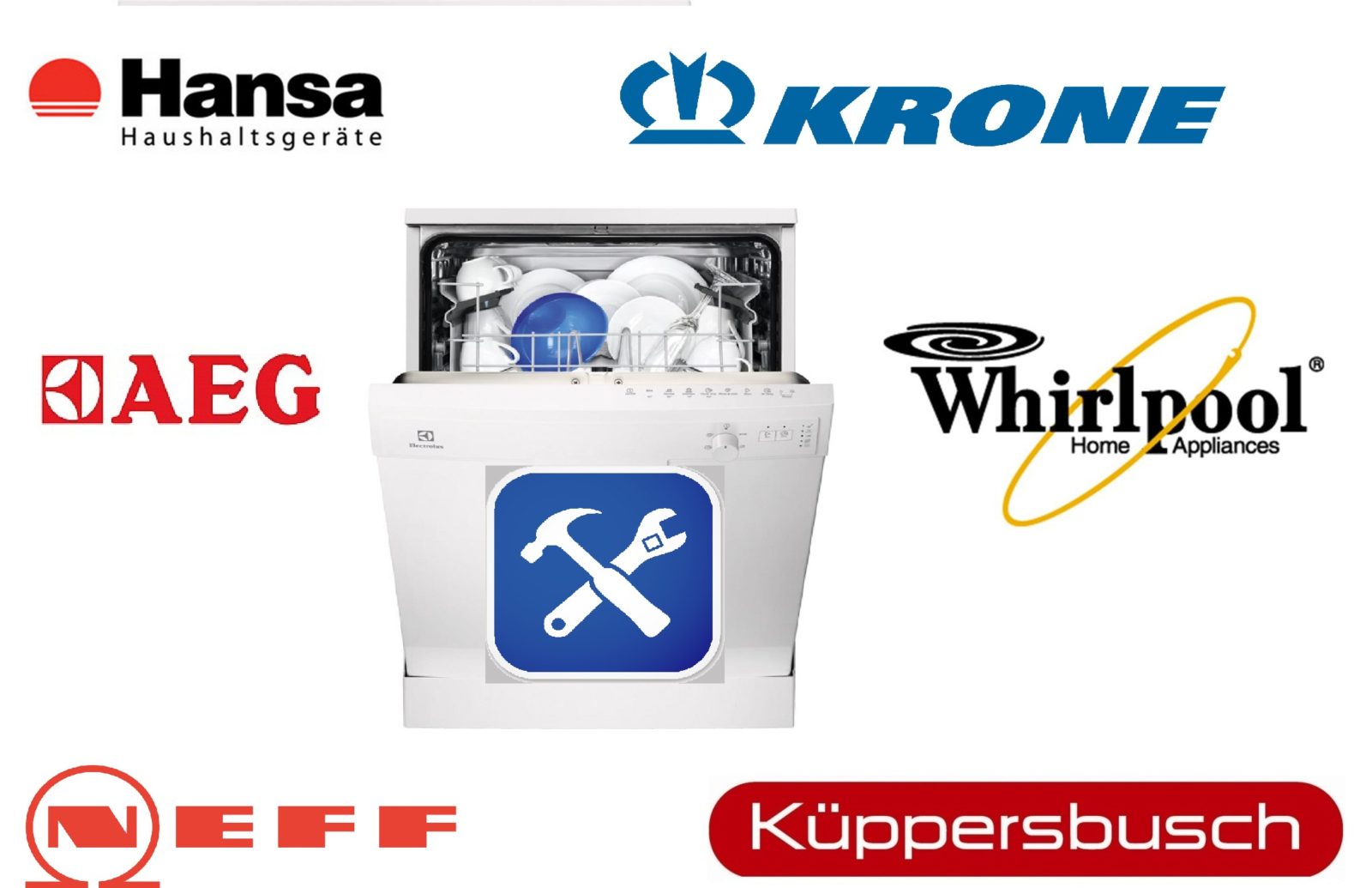

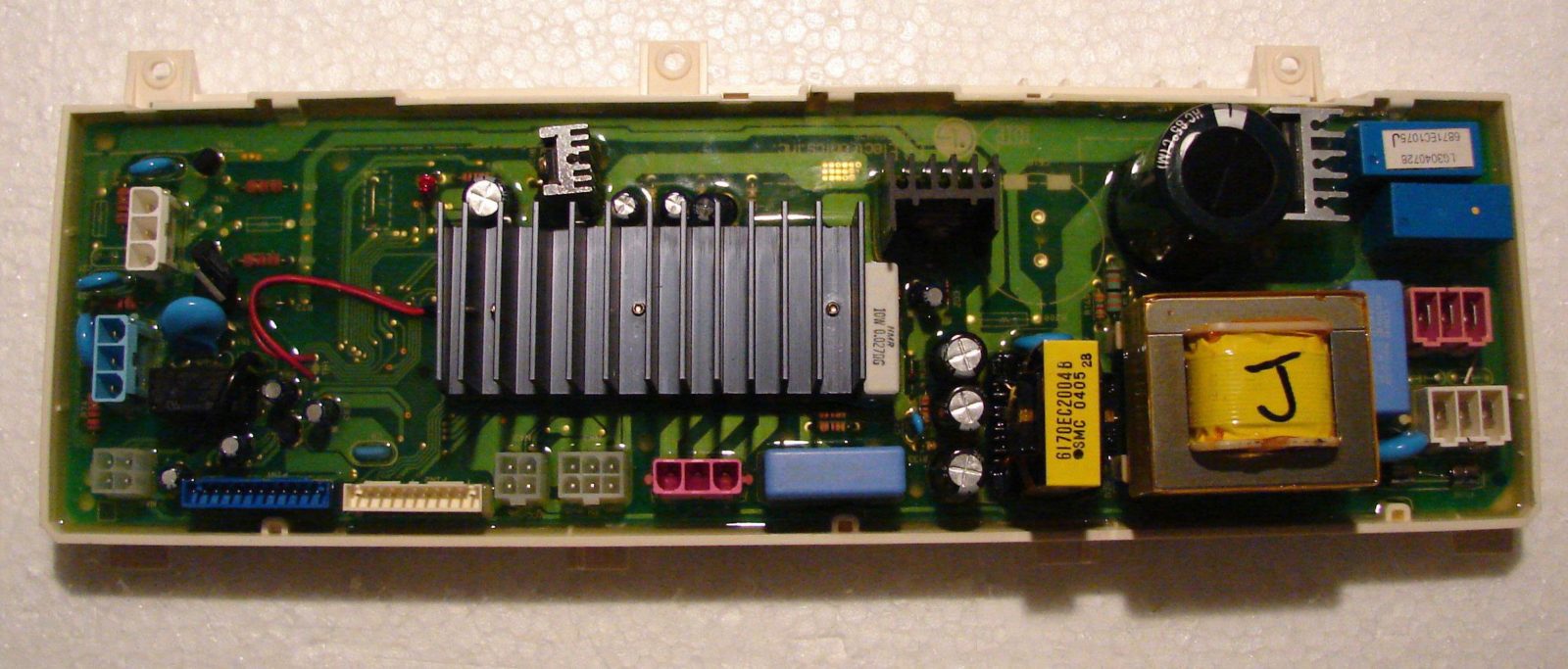

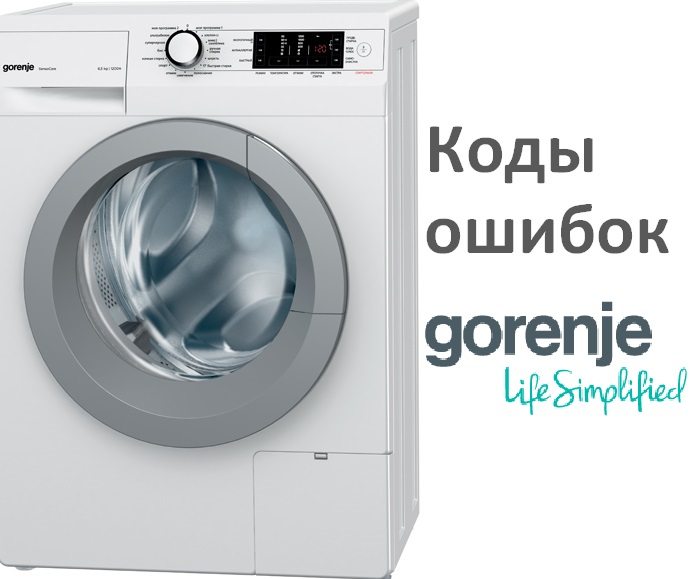














BOCH MAXX 4. Water does not drain. I blew everything out and cleaned it. Help is needed.
After switching on, after 10-15 minutes the machine on the meter panel knocks out. I turn it on again. All repeats.
Replace the heating element.
I'm not a washing machine repairman, but I've encountered a similar problem. The symptoms are similar: after some time of washing, the automatic switch in the control panel turned off. The problem was that in addition to the washing machine in the same electrical circuit (there are 2 of them in my apartment, as well as 2 machines in the panel), I have a refrigerator, a computer and much more connected. Therefore, the load is large and at certain moments the machine turns off. To avoid this problem, I connect the machine via an extension cord to an outlet that belongs to a different (second) electrical circuit. There is almost no load on it from other devices. If your apartment also has 2 circuits (2 machines in the panel), try to find an outlet for the second circuit and connect the equipment to it.
Kind. Can anyone post the sequence of contacts in the motor terminal on a Bosch Maxx 5. Terminal with 6 contacts. Thank you in advance.
The drum is shaking. When cranking by hand, it jams slightly. Bosch Maxx 6.
Change bearings.
It clicks on the left side when washing, but not always. Is it dangerous? What could it be?
The Bosch series 6 3D washing machine does not develop speed during the spin cycle due to strong vibration, it is set to the level, purchased 2 years ago. There were no problems. Started 2 days ago. Tell me, what could it be? By the way, I checked the bearings, everything is fine.
Replace shock absorbers.
Bosch maxx 5, when I press it down there is a terrible noise, like an airplane turbine! What could it be?
Replace bearings
Bosch Maxx 4. Stopped during washing. The drum does not spin. The next time I wash it doesn't spin at all. It only works in the “drain” mode.
The ring got into the pipe through the powder compartment. How to get it, please tell me?!